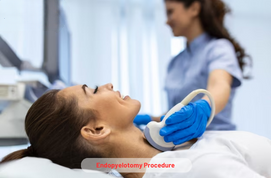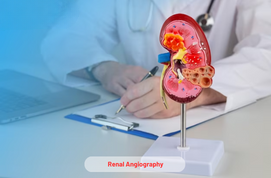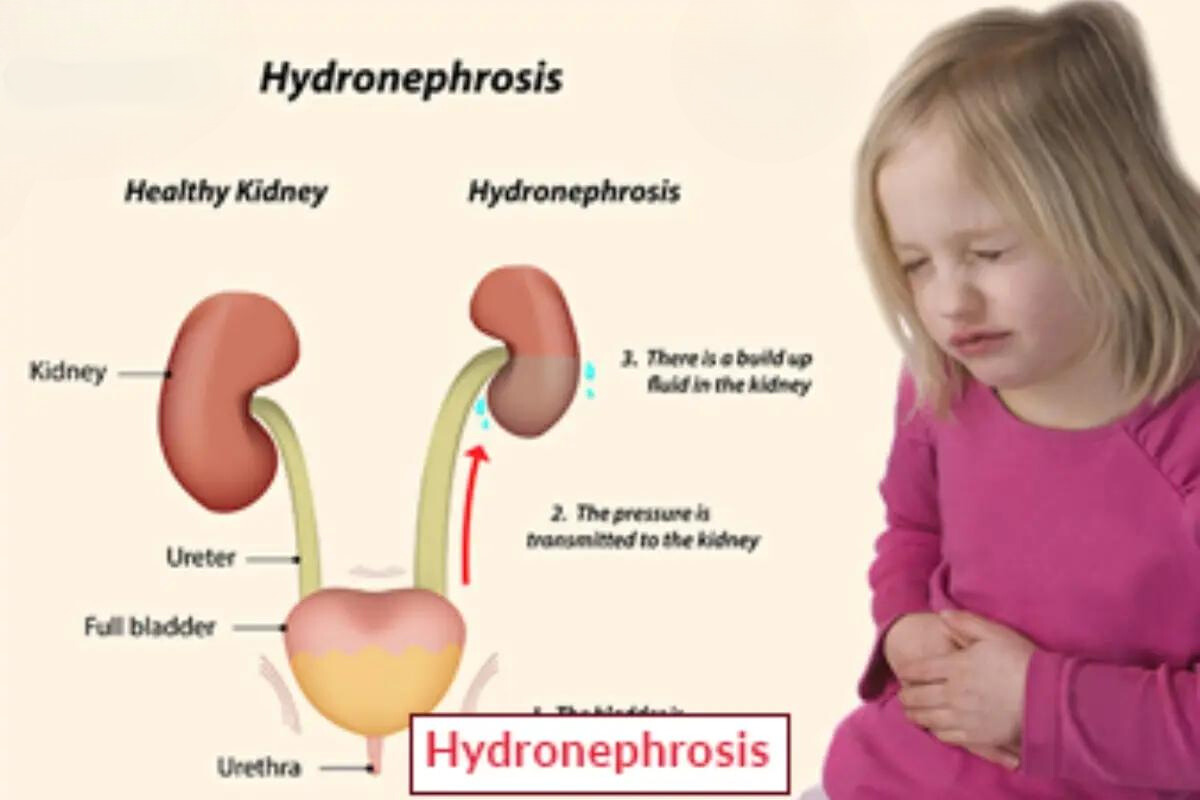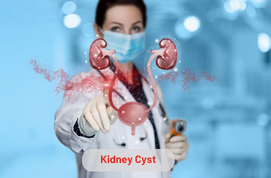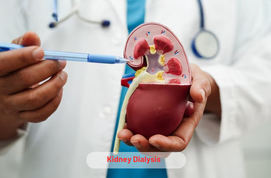Both men and women are suggested for pyeloplasty surgery when they suffer from ureteropelvic junction obstruction. It is a rare problem that develops due to damage in the kidney or ureter. This can cause a blockage in urine flow and become harmful for individuals.
What is a Pyeloplasty Surgery?
Pyeloplasty surgery is a surgical procedure in which a surgeon removes a damaged ureter for the identification of this health issue. This surgery can be performed through different surgical instruments. It is considered a better surgical approach than other methods.
Types of Pyeloplasty Surgery
This surgery is of three kinds. These are as follows:
- Open Pyeloplasty: This surgery can be performed through a large incision in the abdomen. It is usually recommended for complex cases.
- Laparoscopic Pyeloplasty: A surgeon makes small incisions in the abdomen and inserts a laparoscope with the small surgical instruments for the procedure. This surgery is considered a better treatment method than open pyeloplasty or laparoscopy.
- Robot-assisted Pyeloplasty: The robotic instruments are used for this surgical approach. It generally requires 3 or 4 incisions in the abdomen.
What Conditions can be treated with this Pyeloplasty Surgery?
A healthcare provider recommends this surgical approach for the treatment of certain health conditions. These are as follows:
- High blood pressure
- Urethral strictures
- Kidney stones treatment
- Ureteropelvic junction obstruction
This surgery is not recommended for patients with extensive scarring, uncontrolled bleeding disorders, etc. They must consult with a relevant doctor for the management of these health complications.
Benefits of Pyeloplasty Surgery
The advantages of this surgical method are as follows:
- It is considered a highly effective treatment for this health issue.
- This surgery provides long-term relief from symptoms and improves the quality of life.
- It minimizes the swelling in the kidney and improves kidney function in individuals.
Risks and Complications of Pyeloplasty
This surgery leads to several complications. These are as follows:
- Leakage of urine
- Incisional hernia
- Persistent pain
- Clotting of blood
- Bleeding and Infection
- Nephrectomy
- Constipation
- Recurrent obstruction
- Injury in bladder, intestine, and other organs
Procedure of Pyeloplasty
Before Procedure
The things that can be expected before the surgery are as follows:
- A patient is not allowed to eat or drink for a few hours. This can cause vomiting and might be problematic during the surgical procedure.
- Some medication drugs such as aspirin, ibuprofen, etc, must be prohibited for an individual. He or she may take those prescription medicines with a small sip of water.
- A healthcare provider gives a consent form to an individual. The form must be filled carefully before the surgical procedure.
- A physical exam will be conducted in the healthcare department. It is essential for a patient’s overall health.
- Some laboratory tests are performed for the identification of urinary tract infection. A renal scan will be recommended for kidney disease.
- A provider also conducts some imaging tests and an intravenous pyelogram in the hospital.
- The blood tests are required to take blood samples in the healthcare department. It is essential to check the proper function of the kidneys.
- A surgeon performs a CT scan to view the obstructed kidney easily. This procedure is recommended during an emergency.
During Procedure
The following steps can be performed during the surgical procedure are as follows:
- A healthcare provider suggests a patient to remove the clothes and jewelry and wear a hospital gown in a healthcare department.
- A general anesthetic will be given to him or her during the surgery.
- A surgeon makes one large incision or many small incisions inside the stomach to view the blockage part easily.
- After that, he or she starts the operation and disconnects a ureter with a kidney. It is essential for the management of this health issue.
- A surgeon then reattaches the ureter with a kidney.
- The stent is attached with an abdomen to drain the excess fluid from the ureter.
- The incisions are closed with surgical staples or stitches. A bandage or dressing may also be applied at the incision site.
After Procedure
A patient must spend their time in the recovery room for the identification of their vital signs into the healthcare department. He or she is suggested to eat or drink normally after the surgery.
Some intravenous medicines will be given to patients, but they may take oral medicines to get relief from pain or discomfort. They can also take antibiotic drugs when suffering from infection problems.
Recovery Tips for Pyeloplasty Treatment
A healthcare professional provides the following tips to a patient that he or she must follow after the surgery. These are as follows:
- Stop smoking and alcohol.
- Stay hydrated.
- Take prescribed medicine on time.
- Proper nutrition diet.
- Use showers instead of bathtubs.
Latest Health Tips
Kidney Transplant Cost in India for Qatar Patients
Kidney Transplant Cost in India for Bangladesh Patients
Kidney Transplant Cost in India for Oman Patients
Kidney Transplant Cost in India for Kuwait Patients
Kidney Transplant Cost in India for Iraq Patients
Kidney Transplant Cost in India for Bahrain Patients
Kidney Transplant Cost in Fortis Hospital Gurgaon
Top 10 Best Kidney Doctors in India
Submit Your Enquiry
Testimonials









